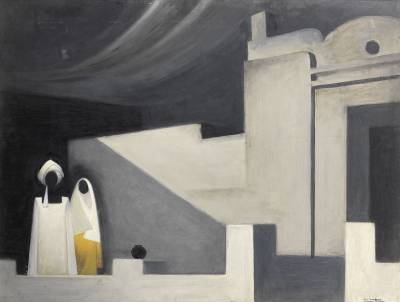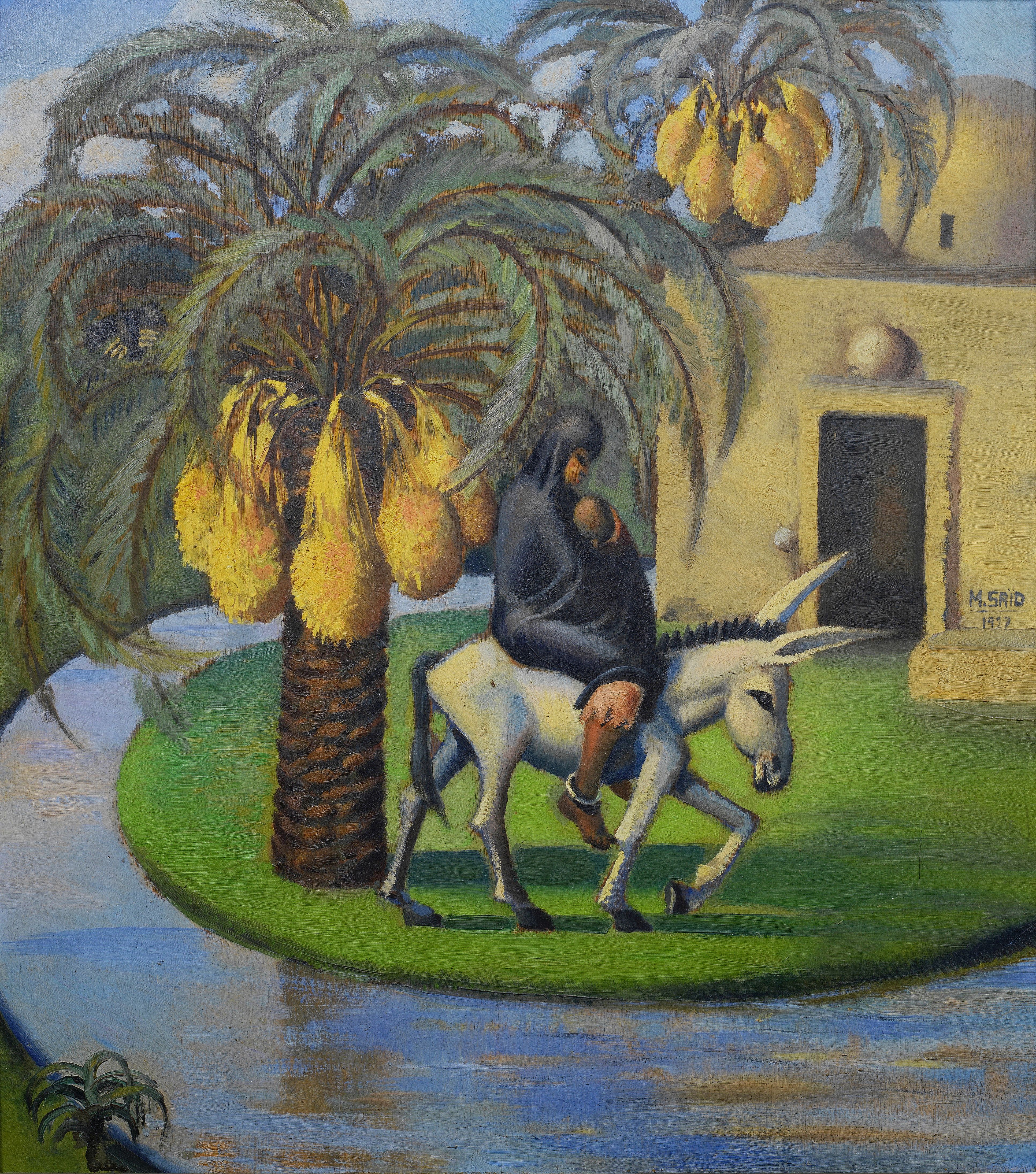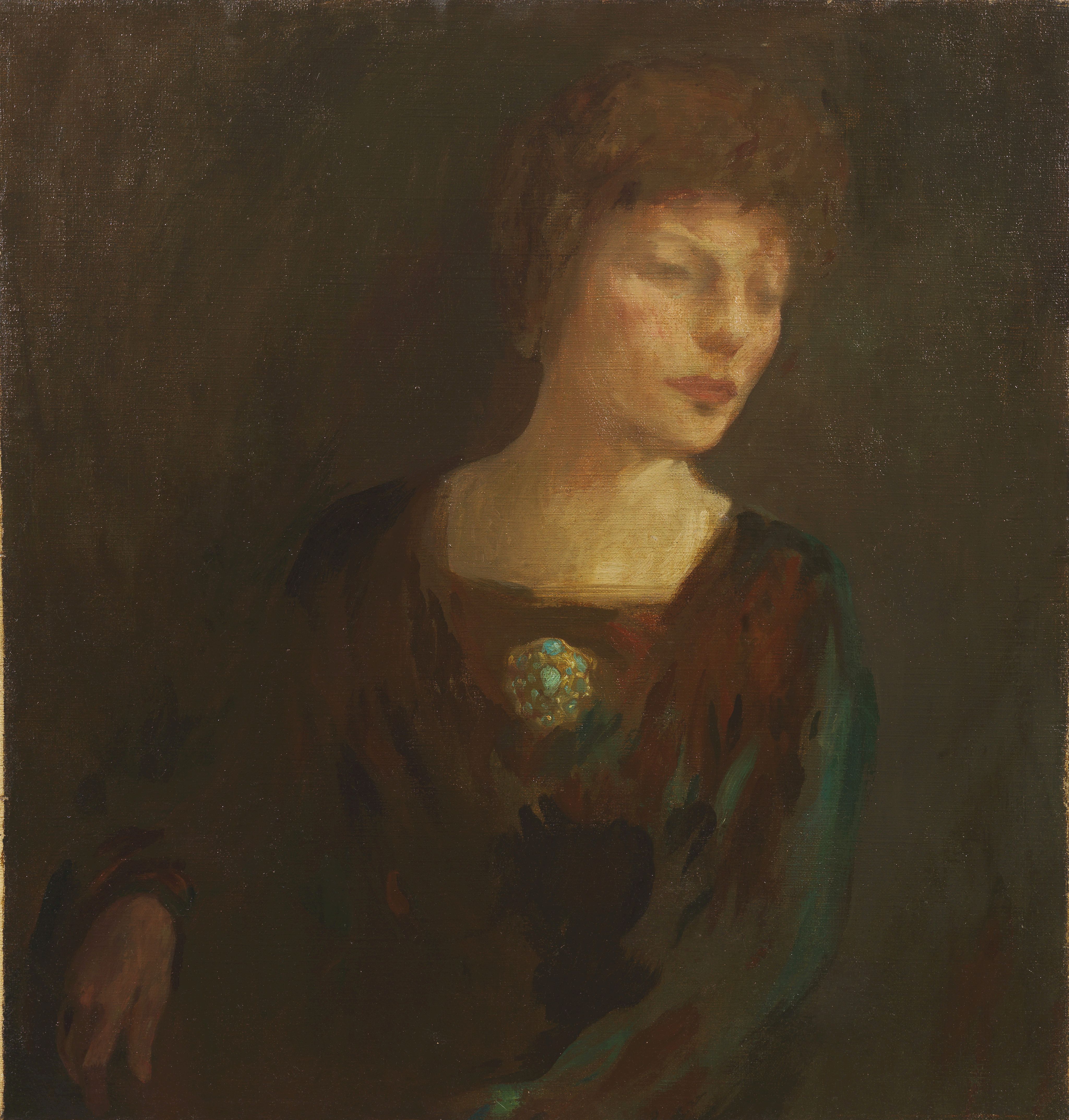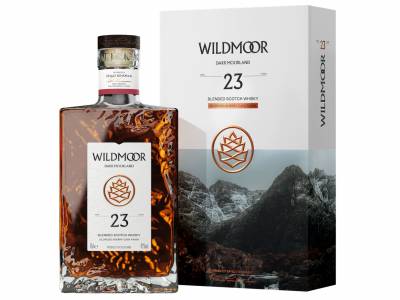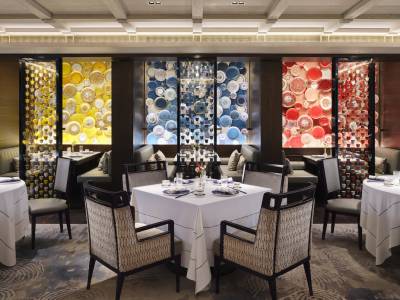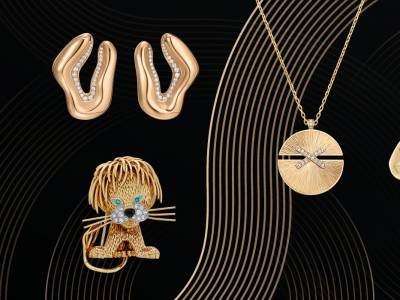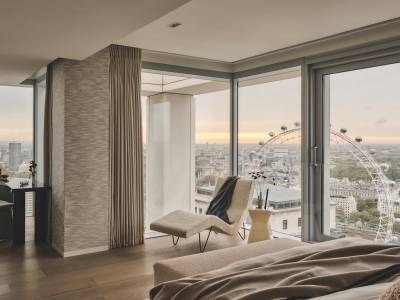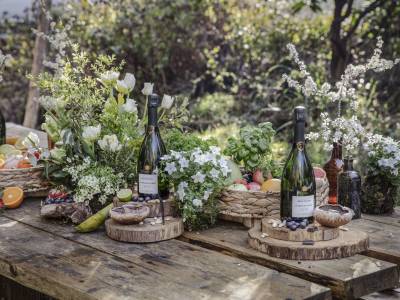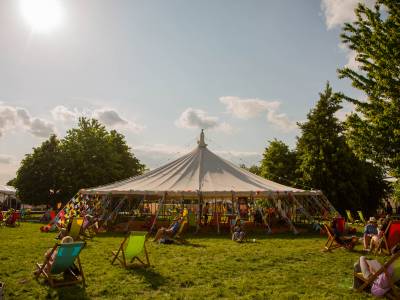As a collecting field, Middle Eastern Modern art is still a relatively untapped seam. It is only recently that the international art market and major museum collections have shown more interest with museums expanding
their collections of Middle Eastern artists — notably in Tate Modern’s new Switch House extension in London — and major artist monographs appearing for the first time. Only this year, the first catalogue raisonné was published on Egyptian Modernist Mahmoud Sa’id and in October last year his 1927 painting
L’île Heureuse (Happy Isle) sold for £1.2m at Bonhams in London, the highest price for a Middle Eastern artist outside the region.
The market has risen from almost nothing in a decade. Christie’s, Sotheby’s and Bonhams all hold dedicated Middle Eastern Modern and Contemporary art sales in London (and Christie’s in Dubai), selling to a largely Middle Eastern but internationally based clientele. Yet prices still lag behind those for Western artists. The auction record for a Middle Eastern artist is $2.8m for Iranian sculptor Parviz Tanavoli’s The Wall (Oh Persepolis), set at Christie’s Dubai in 2008. Compare that, for instance, with a 1982 skull painting by Jean-Michel Basquiat, which sold for $110.5m at Sotheby’s New York in May. A few Middle Eastern artists do make it into general Post War and Contemporary sales, such as Iranian painter Ali Banisadr, but they are still in the minority.
